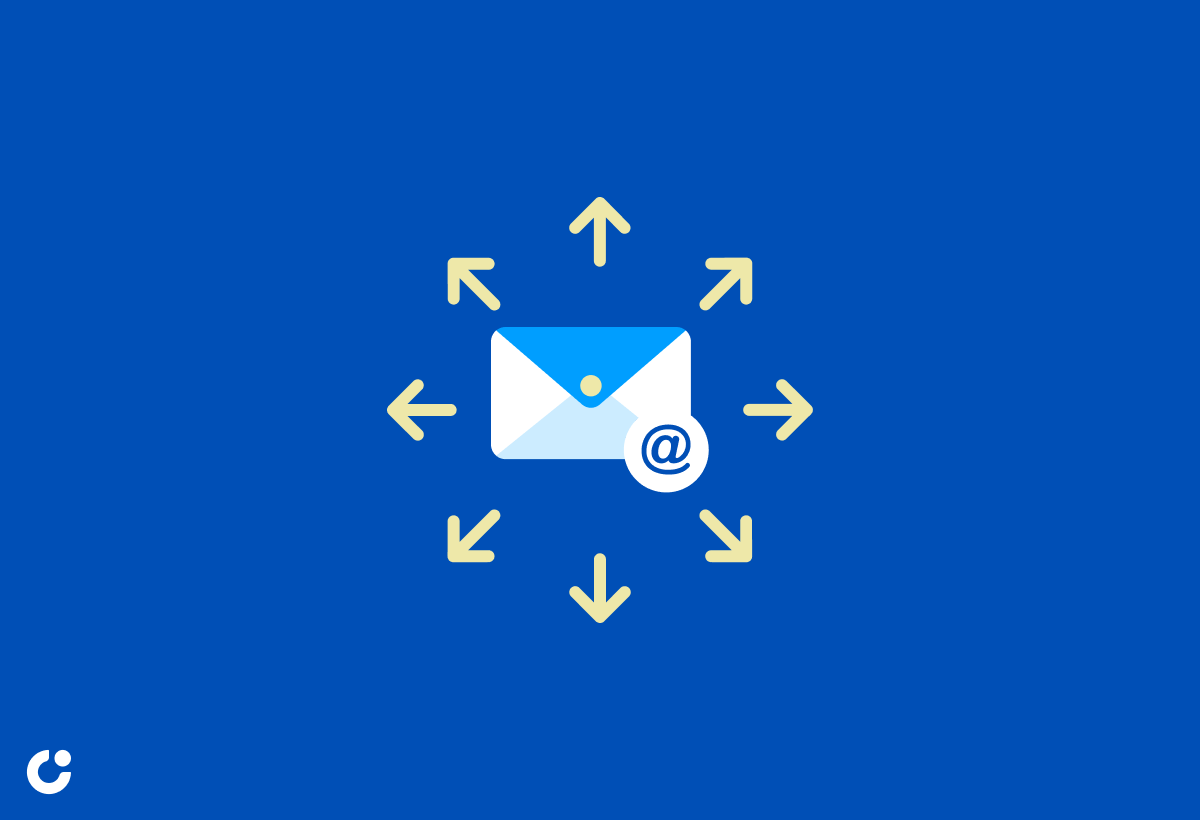Imagine skyrocketing your business growth through one powerful strategy: mass cold email campaigns. The idea of reaching thousands of potential customers with just a few clicks may seem daunting, but with careful planning, personalization, and adherence to best practices and regulations, you can maximize your reach and drive impressive results. In this blog post, you’ll discover the art of crafting personalized, relevant, and legally compliant mass cold email campaigns that resonate with your target audience and yield tangible results.
Key Takeaways
- Understand the nuances of mass cold email campaigns and utilize automation tools to maximize reach.
- Craft compelling subject lines, personalize content, and ensure legal compliance for successful bulk cold emailing.
- Optimize time & frequency while crafting effective follow-up messages with personalized greetings & calls to action to nurture relationships & increase engagement.
Understanding Mass Cold Email Campaigns
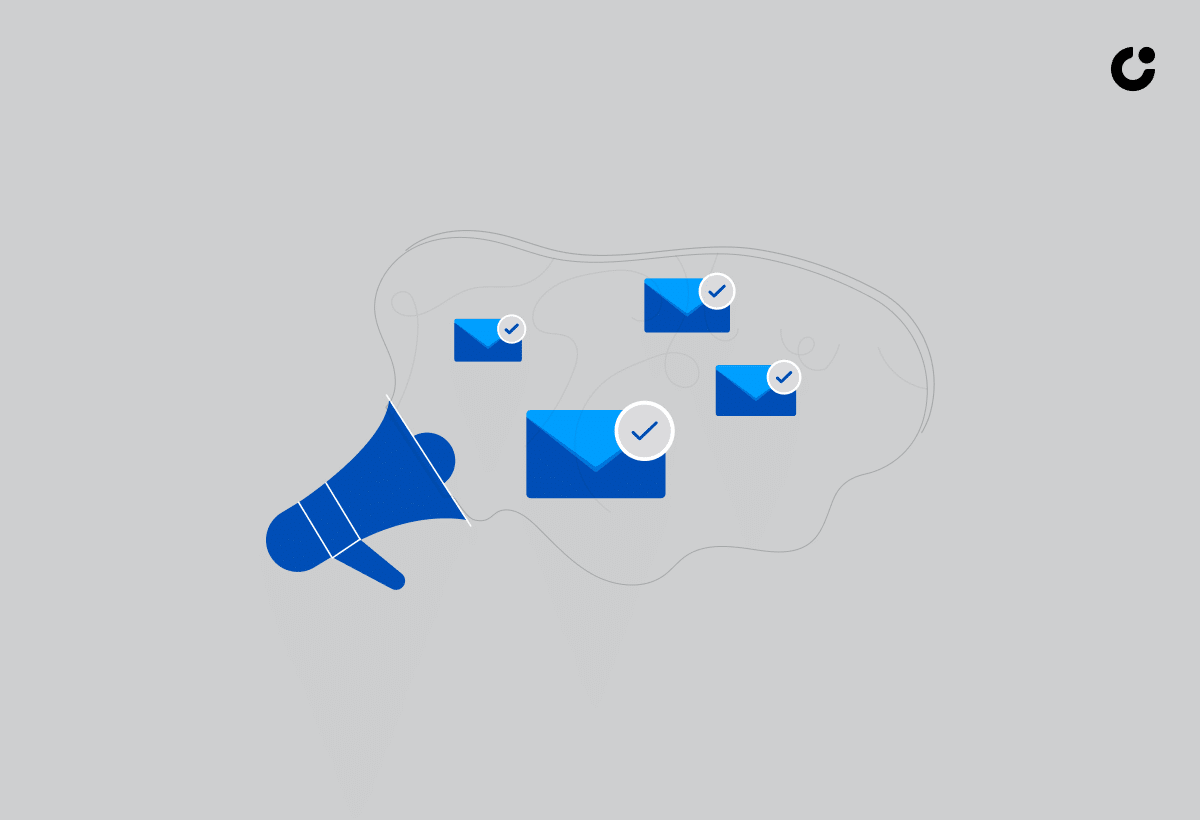
Mass cold email campaigns, or sending bulk cold emails, involve reaching out to potential customers without prior contact, opening a channel of communication that, when done right, can lead to new business opportunities. The key to unlocking the full potential of cold emailing lies in personalization, relevance, and adherence to appropriate standards and regulations. Crafting thoughtful emails and using reputable email service providers can help your message avoid the dreaded spam folder and reach its intended recipient.
Email automation tools can be utilized to effectively manage and send bulk cold emails, ensuring that your cold email campaigns are delivered to the intended recipients without being marked as spam. Understanding the nuances of bulk cold emailing and implementing successful strategies can help maximize your reach and convert potential customers into paying customers.
The Essentials of a Bulk Cold Email Strategy

Launching a bulk cold email campaign requires focusing on three key components: compelling subject lines, personalization, and legal compliance. Crafting engaging subject lines and tailoring your message to the target audience increases the likelihood of your emails being opened and read. Additionally, adhering to legal guidelines and ensuring that you have the proper consent to send cold emails will help you avoid spam complaints and maintain a positive sender reputation.
To maximize the success of your campaign, it’s crucial to avoid content that may trigger spam filters and ensure that your emails are deliverable to the prospect’s email address. Following these critical steps and utilizing reputable email service providers allows you to execute a successful bulk cold email campaign that yields impressive results.
Crafting Compelling Subject Lines

In the world of bulk cold email campaigns, subject lines are your first impression on recipients and can significantly impact open rates. To craft attention-grabbing subject lines, focus on constructing succinct, impactful messages that are consistent with the email’s contents. Additionally, avoid using suspicious phrases, excessive punctuation, all caps, deceptive tactics, and misleading claims that may trigger spam filters.
Exploring various subject line approaches and monitoring their effectiveness helps determine which styles resonate best with your target audience and optimizes your chances of capturing their attention. Remember, a compelling subject line can be the difference between your email being opened or sent straight to the spam folder.
Personalization is Key
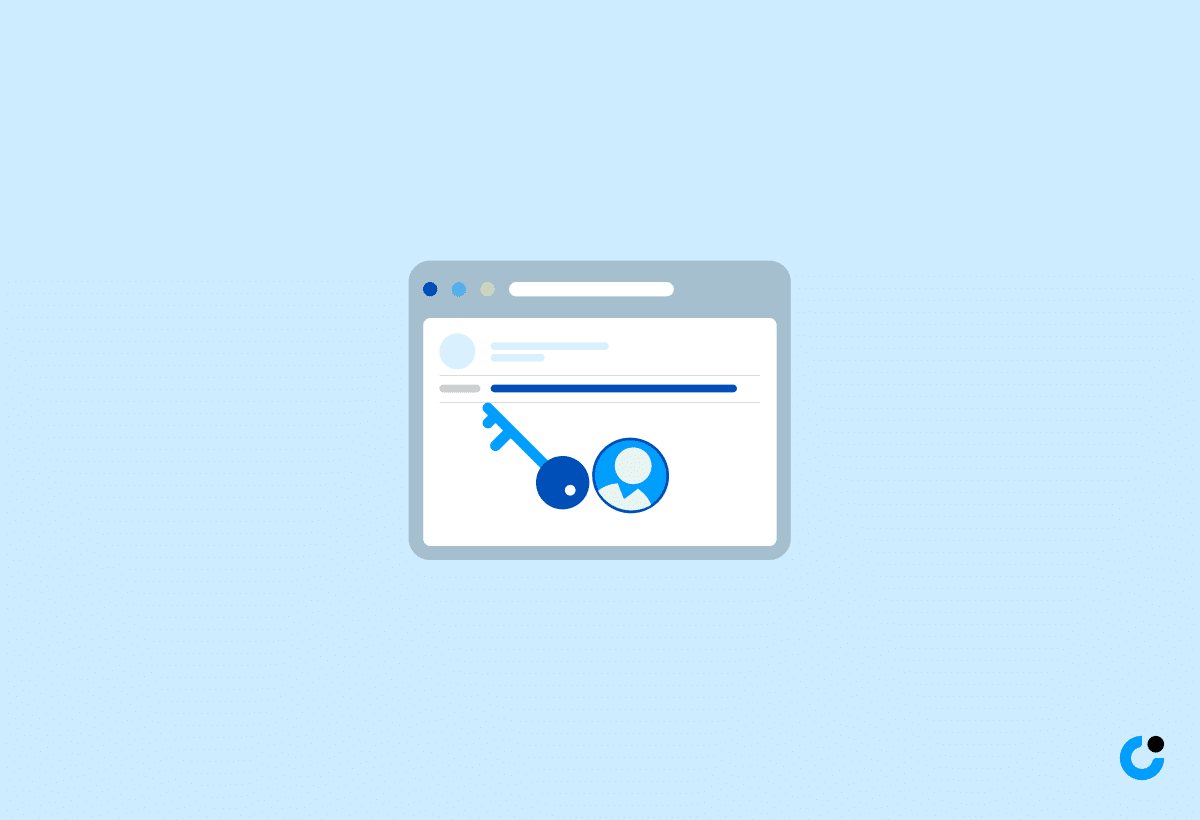
Personalization is crucial in bulk cold emails, as it allows you to tailor content to the recipient’s interests, identify their pain points, and create a sense of connection that boosts engagement. Segmenting your prospect list and creating tailored messages for each group ensures that your emails resonate with multiple recipients and elicit favorable responses.
Failure to personalize cold emails could result in low engagement metrics, high spam complaints, account blocking by email service providers, and prospects opting out or marking the sender as spam. Incorporating personalization techniques, like using the recipient’s name, addressing their industry or interests, and offering helpful tips or resources creates meaningful connections and enhances the success of your cold email campaign.
Legal Compliance and Consent

When sending bulk cold emails, it’s crucial to ensure compliance with email regulations such as the CAN-SPAM Act and the General Data Protection Regulation (GDPR). Adhering to these regulations reduces legal risks and enhances trust and credibility with your audience. Additionally, obtaining proper consent from recipients is essential to avoid potential spam complaints and maintain a positive sender reputation.
To remain compliant, it’s important to:
- Provide a clear and easily accessible unsubscribe link in each email
- Honor unsubscribe requests promptly, as this can help build trust with your audience and reduce the chance of spam complaints
- Adhere to legal guidelines and ensure proper consent
By following these steps, you can execute a successful bulk cold email campaign while maintaining a positive reputation and avoiding potential legal pitfalls.
Optimizing Email Deliverability

Ensuring that your emails make their way to the recipient’s inbox and not the spam folder is of utmost importance in cold emailing. To optimize email deliverability, you’ll need to focus on two primary factors: avoiding spam filters and maintaining a clean email list.
Implementing domain authentication, custom tracking domains, and avoiding spam triggers helps bypass spam filters and increases the likelihood of successful email delivery. Additionally, regularly cleaning and validating your email list will help improve deliverability, engagement rates, and maintain a positive sender reputation.
Avoiding Spam Filters
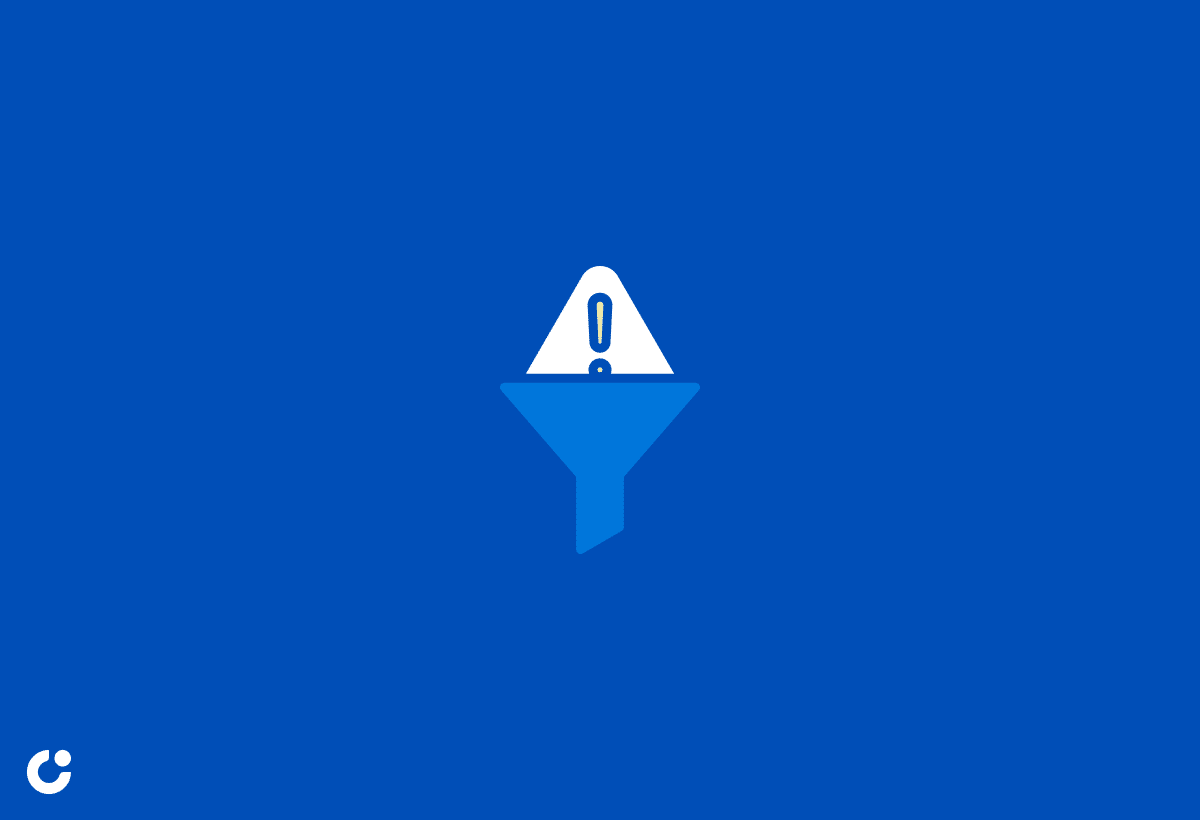
Domain authentication is a process that verifies the authenticity of the sender’s domain, making it less likely that your emails will be marked as spam. By adding DomainKeys Identified Mail (DKIM) and Sender Policy Framework (SPF) records to the Domain Name System (DNS) panel of your domain, you can improve the trustworthiness of your emails and increase deliverability.
Custom tracking domains, on the other hand, can boost your sender reputation and deliverability by increasing engagement with seed emails. To further avoid triggering spam filters, steer clear of:
- suspicious phrases
- excessive punctuation
- all caps
- deceptive tactics
- misleading claims
In your emails, it’s essential to be aware of the potential risks, such as having your email account blocked, to ensure smooth communication with your prospect’s email address.
Importance of Email List Hygiene
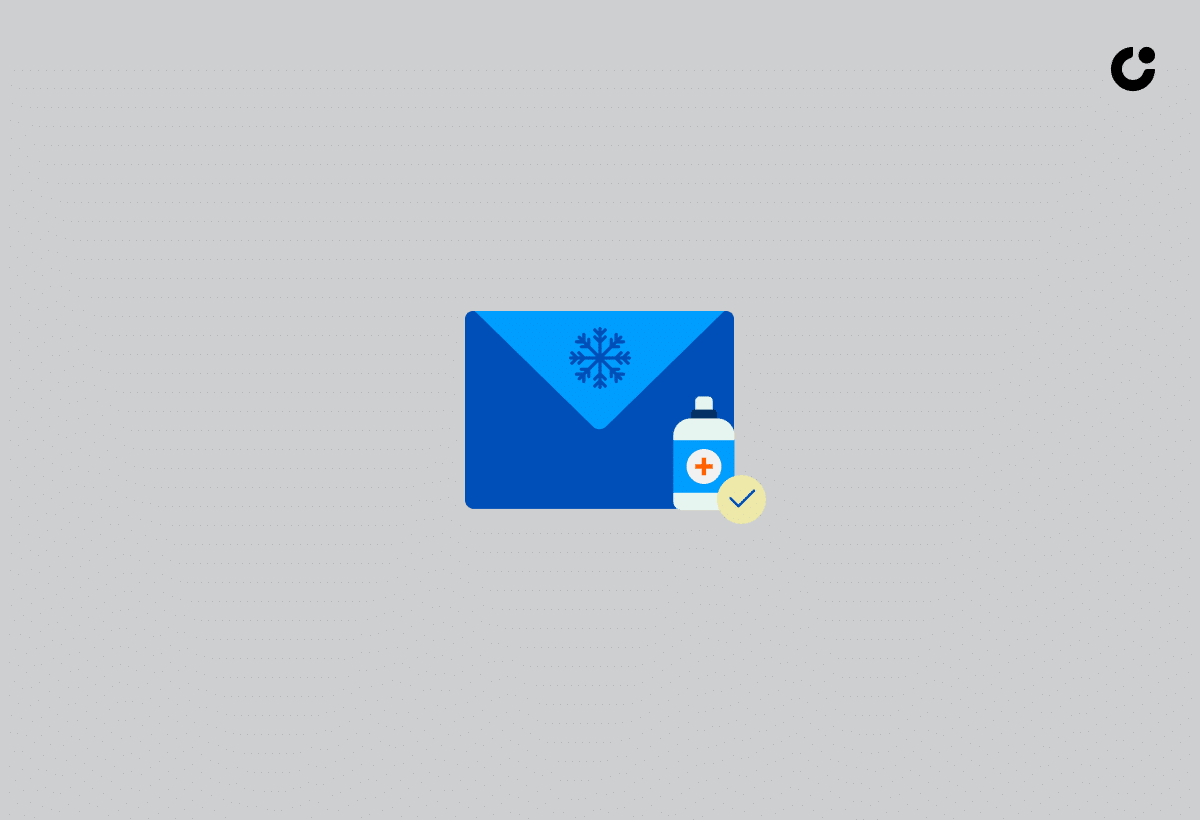
Maintaining a clean and up-to-date email list is crucial for the success of your cold email campaigns. Removing inactive or unengaged subscribers, verifying the validity of email addresses, and ensuring list accuracy minimizes bounce rates and increases open rates.
A clean email list ensures that your messages reach the intended recipients and reduces the risk of being flagged as spam. Regularly scrubbing your list, deleting duplicates and spam email addresses, and correcting typos are essential steps to maintaining a healthy email list and improving the overall effectiveness of your cold email campaign.
Engaging Your Audience with High-Quality Content

To truly captivate your audience and elicit responses, it’s essential to provide high-quality content in your cold emails. Personalization, relevance, concise messaging, captivating subject lines, relevant questions, and even humor can all contribute to engaging content that resonates with your recipients.
By focusing on the value proposition and offering solutions to recipients’ pain points, you can create a sense of connection and increase engagement. Building trust through personalized, relevant content and a professional email signature with contact information and relevant links will further enhance your rapport with your audience.
Value Proposition in Cold Emails
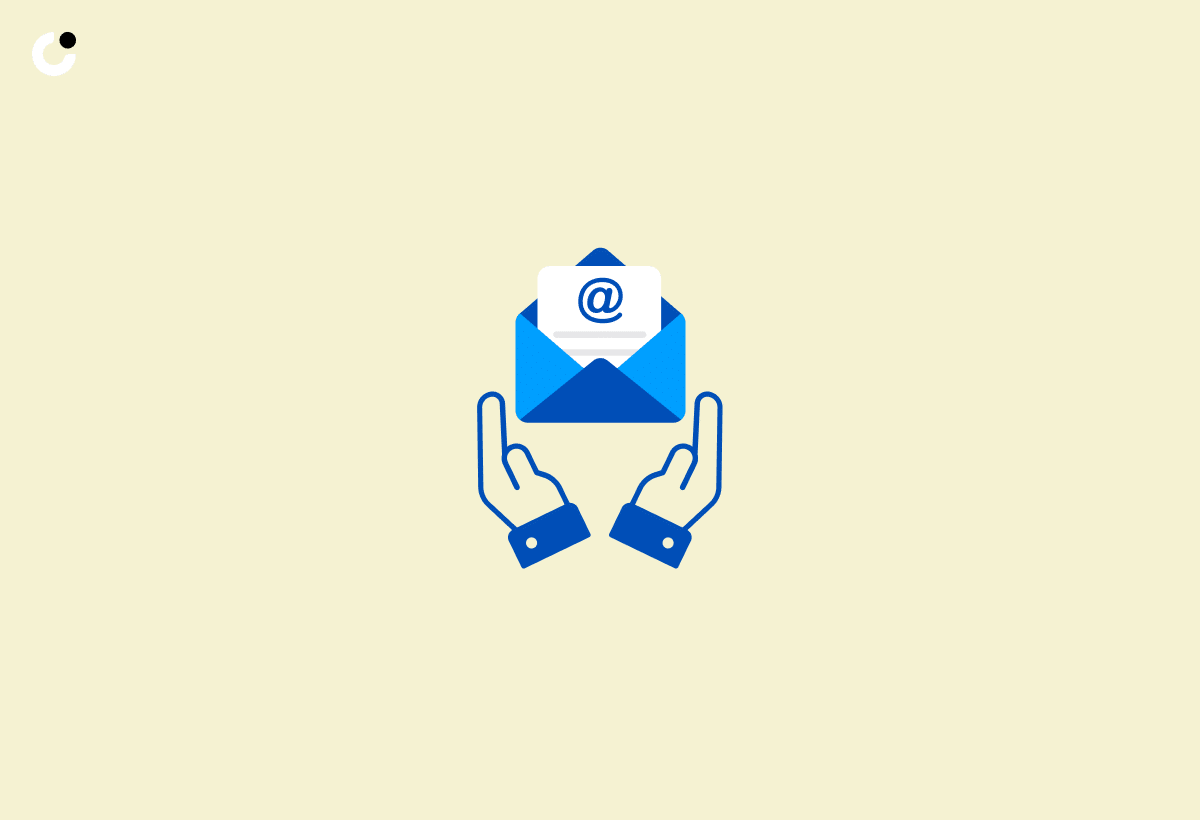
A clear value proposition in your cold emails is crucial for capturing the interest of your recipients. By addressing their pain points and offering solutions, you demonstrate that you understand their needs and can provide value.
To effectively communicate your value proposition, ensure that it:
- Resonates with the recipient’s needs and challenges
- Clearly articulates the unique value of your product or service
- Defines a compelling value proposition in your email.
Follow up with a polite and concise message to reiterate your value proposition and increase the likelihood of receiving a favorable response.
Building Trust Through Content

Building trust with your recipients is essential for the success of your cold email campaigns. To achieve this, focus on personalizing your content, addressing the recipient’s needs and interests, and providing valuable information that demonstrates your expertise.
A professional email signature can help establish credibility and foster trust among recipients. It should include:
- Your full name
- Job title
- Company affiliation
- Contact information
- Relevant links
- Company logo (optional)
By offering engaging, valuable content and maintaining a professional image, you can build lasting relationships with your audience and increase the likelihood of converting potential customers into paying customers.
Scaling Up: Tools and Software for Bulk Cold Emailing
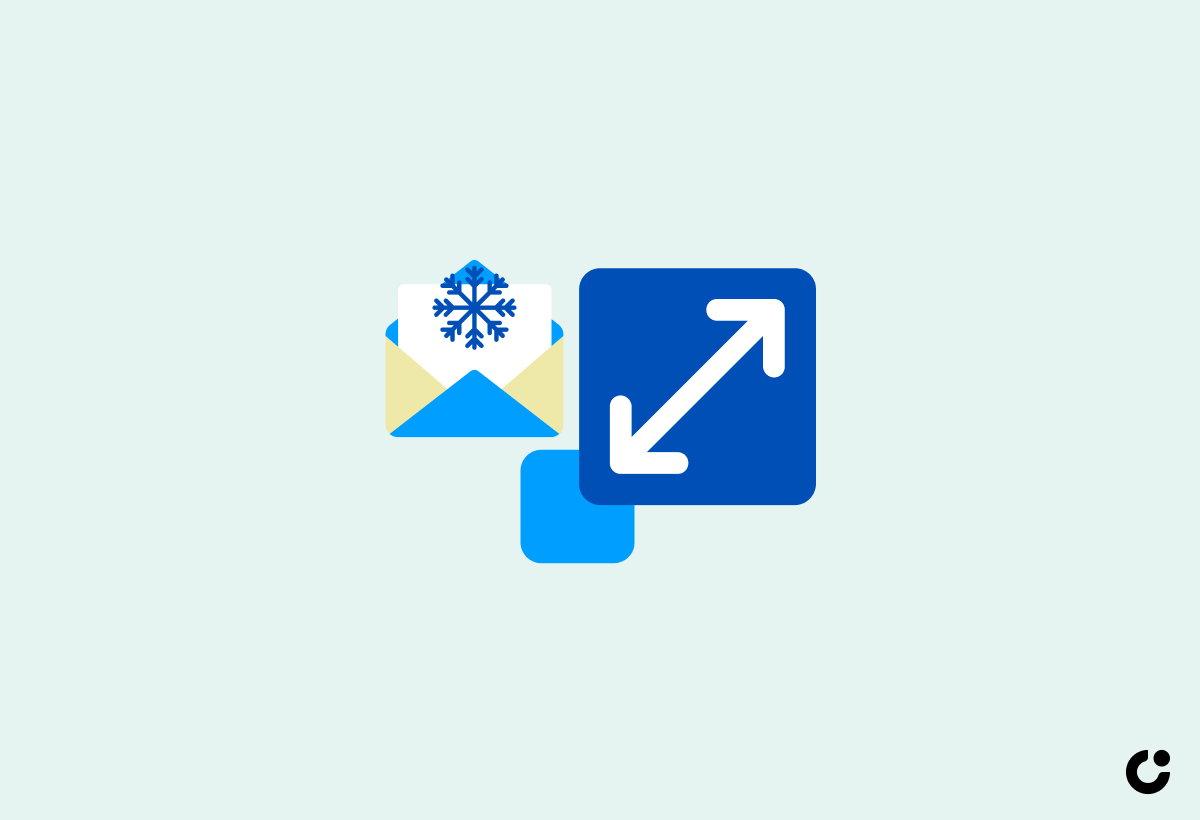
Effective tools and software are essential for managing and scaling your bulk cold email campaigns. Some key features to look for include:
- Automation capabilities to streamline tasks and save time
- Personalization options to tailor emails to individual recipients
- Tracking features to monitor engagement and measure campaign effectiveness
By utilizing these tools, you can optimize your cold email campaigns and achieve better results.
Cold email software can also help you manage replies, monitor deliverability, and maintain a positive sender reputation. Leveraging these tools and analytics from a reputable email service provider enables data-driven decisions that improve campaign success and optimize future efforts.
Efficiency Through Automation

Email automation software offers numerous benefits for large-scale cold email campaigns, including:
- Time-saving features
- Targeted messaging capabilities
- Automated follow-up processes
- Tracking and analytics data
Features such as dynamic fields for personalization and AI-generated intros, icebreakers, and subject lines can help streamline the personalization process and enhance the effectiveness of your emails.
Automation tools can help with:
- Facilitating the management of follow-up sequences
- Ensuring that your messages are sent at optimal times and intervals to maintain engagement and elicit positive responses
- Automating tasks and personalizing content
- Efficiently managing your cold email campaigns and maximizing your results.
Analyzing Campaign Performance
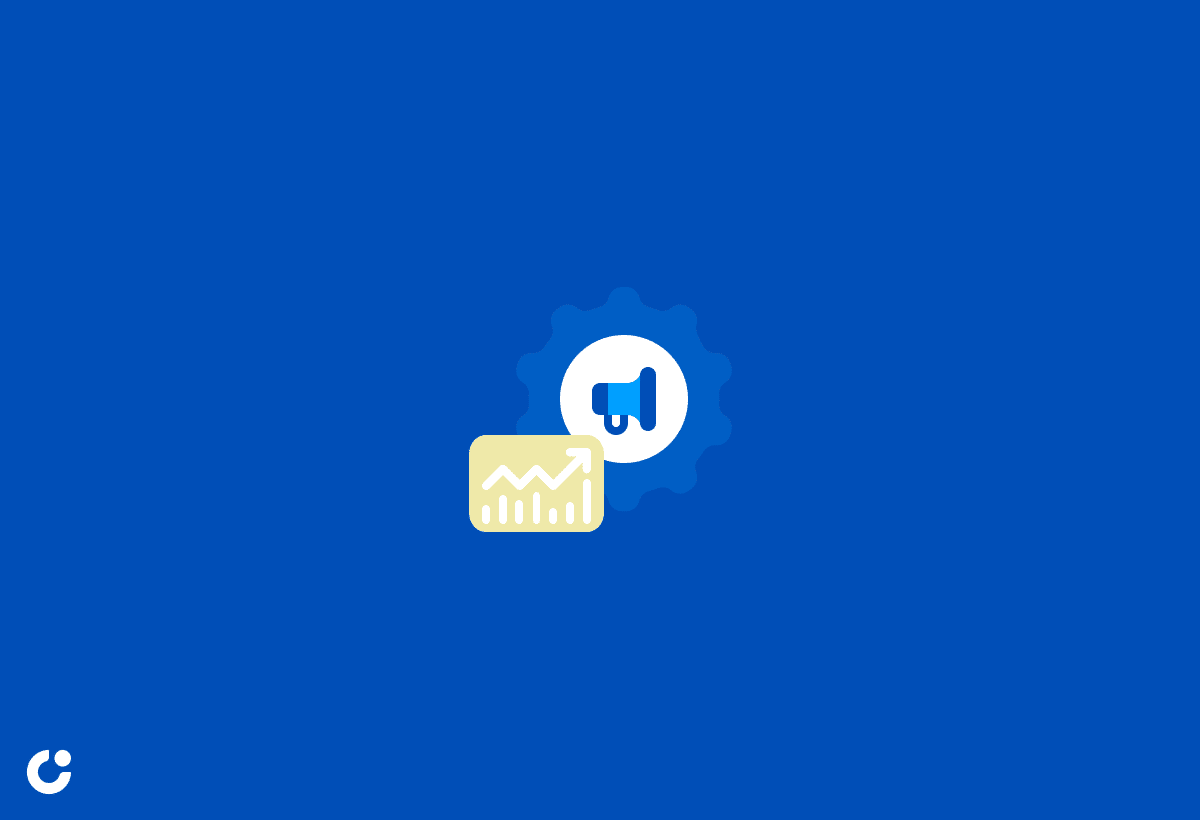
Tracking key metrics such as open rates, click-through rates, and bounce rates is essential for measuring the success of your bulk cold email campaigns and identifying areas for improvement. By monitoring email deliverability and recipient engagement, you can optimize your campaigns and refine your approach for better results and higher conversions.
Analyzing campaign performance also allows you to:
- Experiment with different strategies, subject lines, and content
- Determine what works best for your target audience
- Leverage data and insights from your email campaigns
- Continuously improve your cold email strategy
- Achieve greater success
Timing and Frequency: When to Send Mass Cold Emails

Timing and frequency play a crucial role in the success of mass cold email campaigns. Sending emails at optimal times and maintaining a consistent sending frequency increases the likelihood of messages being opened, read, and acted upon.
Understanding the best time to send your emails, considering factors like time zones, preferences, and engagement rates, can help ensure that your messages reach your recipients when they are most likely to be checking their inboxes. Additionally, maintaining a consistent sending frequency and adjusting it based on recipient responses can help prevent spam flags and improve engagement.
Decoding the Best Time to Send
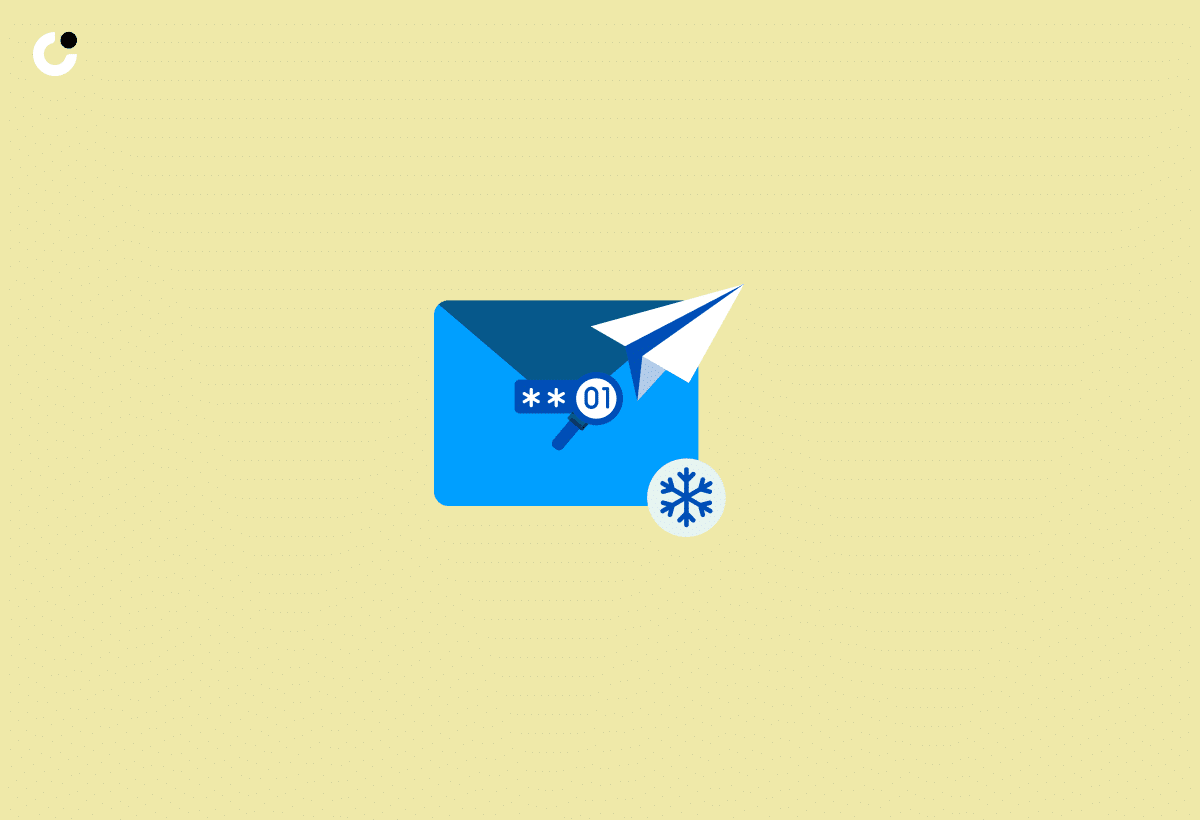
Determining the optimal sending time for your target audience is crucial for maximizing the success of your mass cold email campaigns. Research suggests that the best times for sending cold emails for higher open rates are typically between 8 am and 10 am or between 2 pm and 4 pm, with Tuesdays and Thursdays being the ideal days to send cold emails.
It’s also important to consider the time zone of your recipients, as sending emails at a time when they are more likely to be checking their inbox can improve the chances of your emails being opened and read. By carefully selecting the best time to send your cold emails, you can increase engagement and maximize the results of your campaign.
Frequency Matters

Maintaining a consistent sending frequency is essential for the success of your mass cold email campaigns. Sending emails at regular intervals and adjusting frequency based on recipient responses helps avoid spam flags and improves engagement.
Start small, with 10-20 emails per day, and gradually increase the sending volume while keeping a close eye on deliverability. Generally, it is appropriate to send between 4-9 follow-up emails, depending on the urgency of the offer, recipient’s response, and industry norms.
By finding the right balance between timing and frequency, you can optimize your cold email campaigns and achieve greater success.
Creating an Effective Follow-Up Strategy
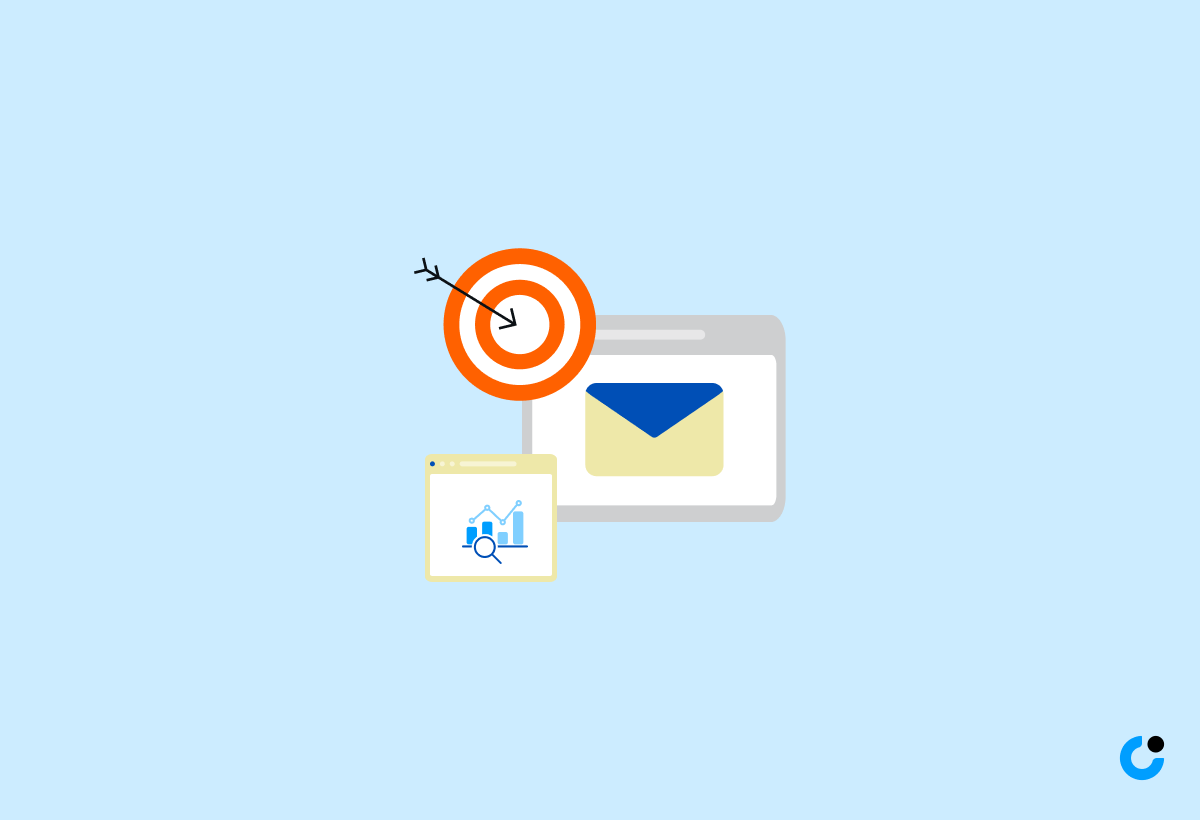
An effective follow-up strategy is essential for nurturing relationships and increasing response rates in your mass cold email campaigns. Crafting personalized, valuable, and timely follow-up messages maintains engagement, elicits positive responses, and guides prospects through the sales funnel.
It’s crucial to include a minimum of three follow-up emails in your cold email campaign, as studies have shown that the probability of receiving a response is doubled when follow-ups are included. Developing an effective follow-up strategy can maximize the success of your cold email campaigns and convert potential customers into paying customers.
The Art of the Follow-Up

Mastering the art of the follow-up involves crafting personalized, valuable, and timely messages that build on previous interactions and provide additional value to the recipient. Creating effective follow-up messages involves:
- Utilizing a personalized greeting
- Referencing pertinent details
- Incorporating a hook
- Offering value
- Maintaining brevity
- Including a distinct call to action.
Focusing on personalization and providing valuable information in follow-up emails nurtures relationships, increases engagement, and ultimately guides prospects through the sales funnel. Remember, persistence and consistency are key to achieving success in your cold email campaigns.
Structuring a Multi-Touch Campaign

A multi-touch campaign involves sending a series of carefully crafted and timed emails to a targeted segment of your audience, aiming to engage and nurture leads or customers. Structuring a multi-touch campaign with a series of follow-up emails that build on previous interactions and provide additional value to the recipient enhances the overall effectiveness of your cold email campaign.
To create a successful multi-touch campaign, follow these steps:
- Appoint a project manager.
- Educate stakeholders.
- Establish common key performance indicators (KPIs).
- Develop a data plan.
- Construct a taxonomy.
- Select the channels that will generate maximum exposure and effect.
- Adapt content for each touchpoint.
- Observe audience engagement and response.
- Implement an attribution model to credit marketing campaigns.
- Analyze data to evaluate the impact of each touchpoint on the customer journey.
Implementing these strategies creates a comprehensive and effective multi-touch campaign that drives impressive results.
Summary
In conclusion, maximizing your reach through mass cold email campaigns requires a thoughtful approach, focusing on personalization, relevance, and adherence to best practices and regulations. By crafting compelling subject lines, personalizing your content, and ensuring legal compliance, you can create effective cold email campaigns that resonate with your target audience and drive impressive results.
Additionally, utilizing automation tools, tracking key metrics, and optimizing your sending frequency can further enhance the success of your cold email campaigns. With the right strategies in place and a commitment to providing value and building trust with your audience, you can turn cold emails into powerful opportunities for growth and success.
Frequently Asked Questions
How to cold email?
When cold emailing, start by addressing the recipient by name and personalizing your opening line. Provide a clear value proposition that alleviates their pain points, make your call-to-action clear and easy to take, express gratitude, and don't rely on templates. Always include a personalized subject line and professional email signature.
What are the key components of a successful cold email campaign?
Compelling subject lines, personalization, legal compliance, and optimizing email deliverability are key to a successful cold email campaign.
How can I improve my cold email open rates?
Create captivating subject lines, tailor emails to the individual recipient, and schedule emails for when recipients are most likely to open them to maximize open rates.
What role does timing and frequency play in mass cold email campaigns?
Timing and frequency play a key role in mass cold email campaigns, as they are essential for ensuring high engagement while avoiding spam flags.
How can I ensure my cold emails don't end up in the spam folder?
To ensure your cold emails don't end up in the spam folder, implement domain authentication, custom tracking domains, and avoid spam triggers. Use a professional tone and ensure the content does not include any artifacts or summary; instead, focus on forming a connection with the reader in the first sentence and have a clear conclusion.

